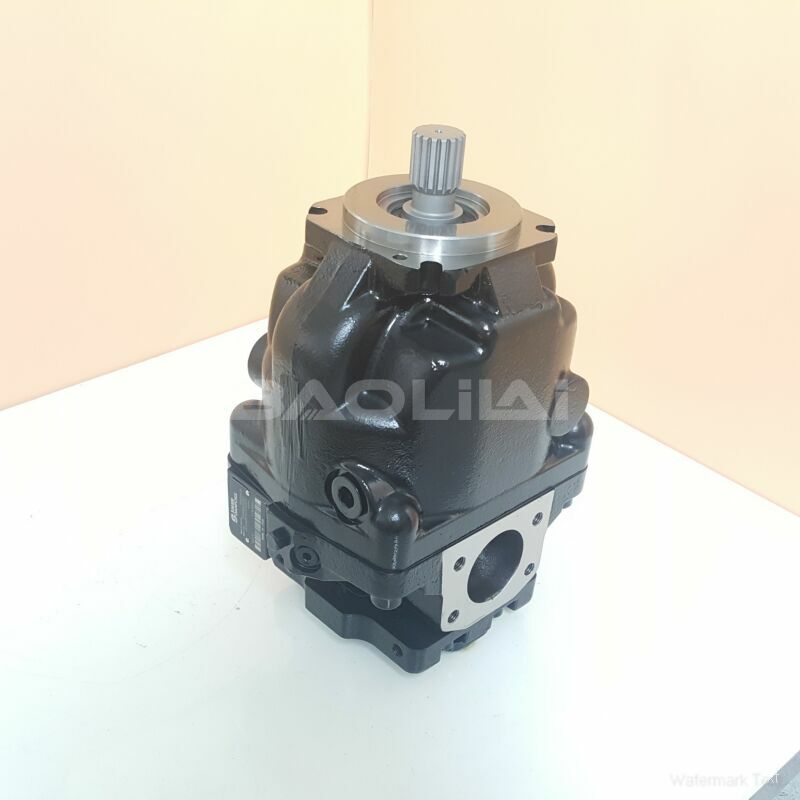ERL100BPC25NNNNN3S1NPA1NAAANNNNNN hydraulic oil pump
ERL100BPC25NNNNN3S1NPA1NAAANNNNNN hydraulic oil pump

- Product Details
- Applicable Scene
Monitoring the operating conditions of the hydraulic system is another key preventive measure. Implementing sensors and control systems to track parameters like pressure, temperature, and flow can provide early warning signs of potential problems. Real-time data can be invaluable in identifying trends that may indicate an impending failure, allowing for timely interventions.
ER-L-100B-PC-25-NN-NN-N-3-S1NP-A1N-AAA-NNN-NNN
ERL100BPC25NNNNN3S1NPA1NAAANNNNNN
Training personnel who operate and maintain hydraulic systems is equally important. Employees should be educated on best practices for using and maintaining hydraulic equipment, including understanding how to identify early signs of trouble. A knowledgeable workforce can prevent many issues before they escalate into serious problems.

83002637
Furthermore, using high-quality components and materials in hydraulic systems can significantly reduce the risk of pump problems. Investing in reputable brands and components that meet or exceed industry standards can enhance reliability and longevity. Cheaper alternatives may save money upfront but can lead to higher costs in repairs and replacements down the line.
In conclusion, preventing hydraulic pump problems in precision fluid systems is achievable through a combination of regular maintenance, proper fluid selection, correct system configuration, monitoring, workforce training, and the use of quality components. By employing these strategies, organizations can ensure that their hydraulic systems operate efficiently and reliably, minimizing the risk of unexpected failures and maximizing productivity.





